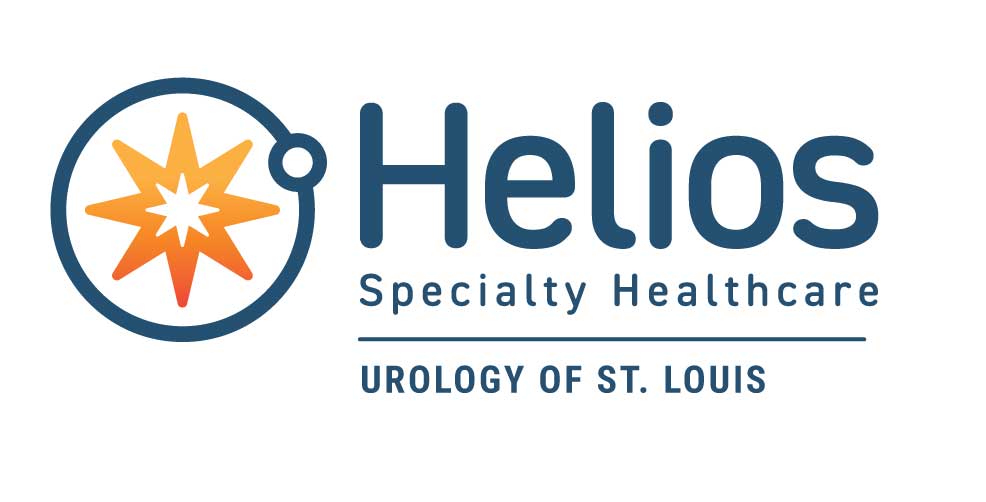less worry,
more living
Learn why more than 425,000 patients have used the clinically proven InterStim™ system to help improve bladder and bowel symptoms. Take back control.
There’s hope for bladder control issues
Your Team of Experts

Travis Bullock , MD
Locations
find the right place to start
Walker Medical Building
South Tower, Suites 350 & 375
St. Louis, MO 63141-8635
Treatment
How does it work?
The InterStim™ system targets the communication breakdown between your brain and your bladder. A small, discreet device is implanted in your upper buttock and works with an easy-to-use remote. Medtronic’s InterStim™ Therapy is safe, FDA-approved, and minimally invasive. And it’s been helping people improve their lives for more than 25 years.
In addition to risks related to surgery, complications can include pain at the implant site, new pain, infection, lead (thin wire) movement/migration, device problems, undesirable changes in urinary or bowel function, and uncomfortable stimulation (sometimes described as a jolting or shocking feeling). Talk with your doctor about ways to minimize these risks.
Defined as a 50% or greater reduction in your troublesome bladder symptoms.
Take the first step towards relief.
Get back to less worry and more living
Important Safety Information
Medtronic Bladder Control Therapy delivered by the InterStim™ system treats urinary retention (inability to completely empty the bladder) and the symptoms of overactive bladder, including urinary urge incontinence (leakage) and significant symptoms of urgency-frequency. It should be used after you have tried other treatments such as medications and behavioral therapy and they have not worked, or you could not tolerate them. This therapy is not intended for patients with a urinary blockage.
Safety and effectiveness have not been established for pregnancy and delivery; patients under the age of 16; or for patients with neurological disease origins.
Medtronic Bowel Control Therapy delivered by InterStim™ system treats chronic fecal incontinence (an accident or leaking involving stool). It should be used after you have tried other treatments such as medications and dietary modifications and they have not worked, or if you are not a candidate for them.
Safety and effectiveness have not been established for pregnancy and delivery; patients under the age of 18; or for patients with progressive, systemic neurological diseases.
Medtronic Bladder Control Therapy and Medtronic Bowel Control Therapy: You must demonstrate an appropriate response to the evaluation to be a candidate. You cannot have diathermy (deep heat treatment from electromagnetic energy) if you have an InterStim™ device.
In addition to risks related to surgery, complications can include pain at the implant sites, new pain, infection, lead (thin wire) movement/migration, device problems, interactions with certain other devices or diagnostic equipment such as MRI, undesirable changes in urinary or bowel function, and uncomfortable stimulation (sometimes described as a jolting or shocking feeling).
This therapy is not for everyone. This treatment is prescribed by your doctor. Please talk to your doctor to decide whether this therapy is right for you. Your doctor should discuss all potential benefits and risks with you. Although many patients benefit from the use of this treatment, results may vary. For further information, please call Medtronic at 1-800-328-0810 and/or consult Medtronic’s website at www.medtronic.com.
USA Rx Only. Rev 0517
CITATIONS
-
Siegel S, Noblett K, Mangel J, et al. Five-year follow-up results of a prospective, multicenter study of patients with overactive bladder treated with sacral neuromodulation. J Urol. 2018;199(1):229-236.
-
Medtronic InterStim Clinical Summary 2018.
-
Hull T, Giese C, Wexner SD, et al. Long-term durability of sacral nerve stimulation therapy for chronic fecal incontinence. Dis Colon Rectum. 2013;56(2):234-245.
-
Stewart WF, Van Rooyen JB, Cundiff GW, et al. Prevalence and burden of overactive bladder in the United States. World J Urol. 2003;20(6):327-336.
-
Centers for Disease Control and Prevention (CDC). National Center for Health and Nutrition Examination Survey Data, 2024. https://www.cdc.gov/nchs/nhanes/Default.aspx. Accessed January 31, 2025.
-
US Census Bureau 2020. US adult and under-age-18 populations 2020 census. https://www.census.gov/library/visualizations/interactive/adult-and-under-the-age-of-18-populations-2020-census.html. Accessed January 31, 2025.
-
Chancellor MB, Chartier-Kastler EJ. Principles of sacral nerve stimulation (SNS) for the treatment of bladder and urethral sphincter dysfunctions. Neuromod. 2000;3(1):15-26.
-
Leng WW, Chancellor MB. How sacral nerve stimulation neuromodulation works. Urol Clin North Am. 2005;32:11-18.
-
Cameron AP, Chung DE, Delbuxana EJ et al. The AUA/SUFU guideline on the diagnosis and treatment of idiopathic overactive bladder (2024). J Urol. 2024;212:11-20.

